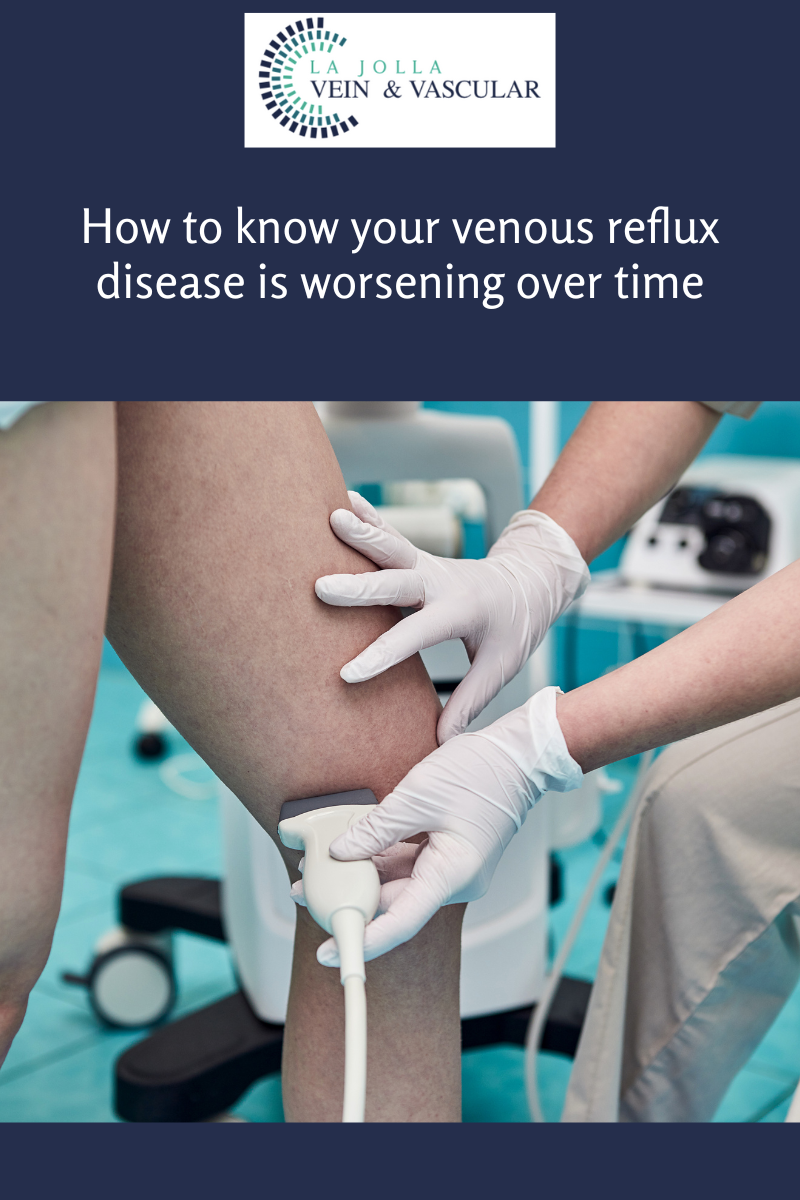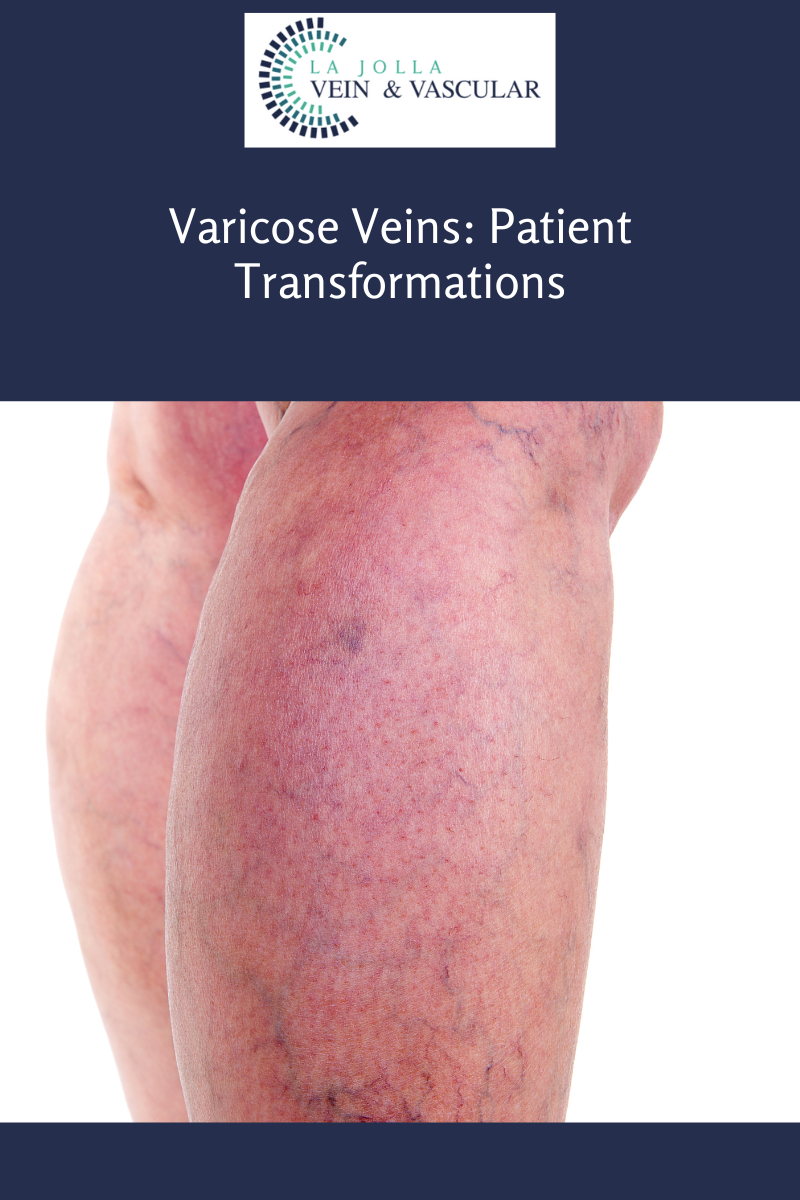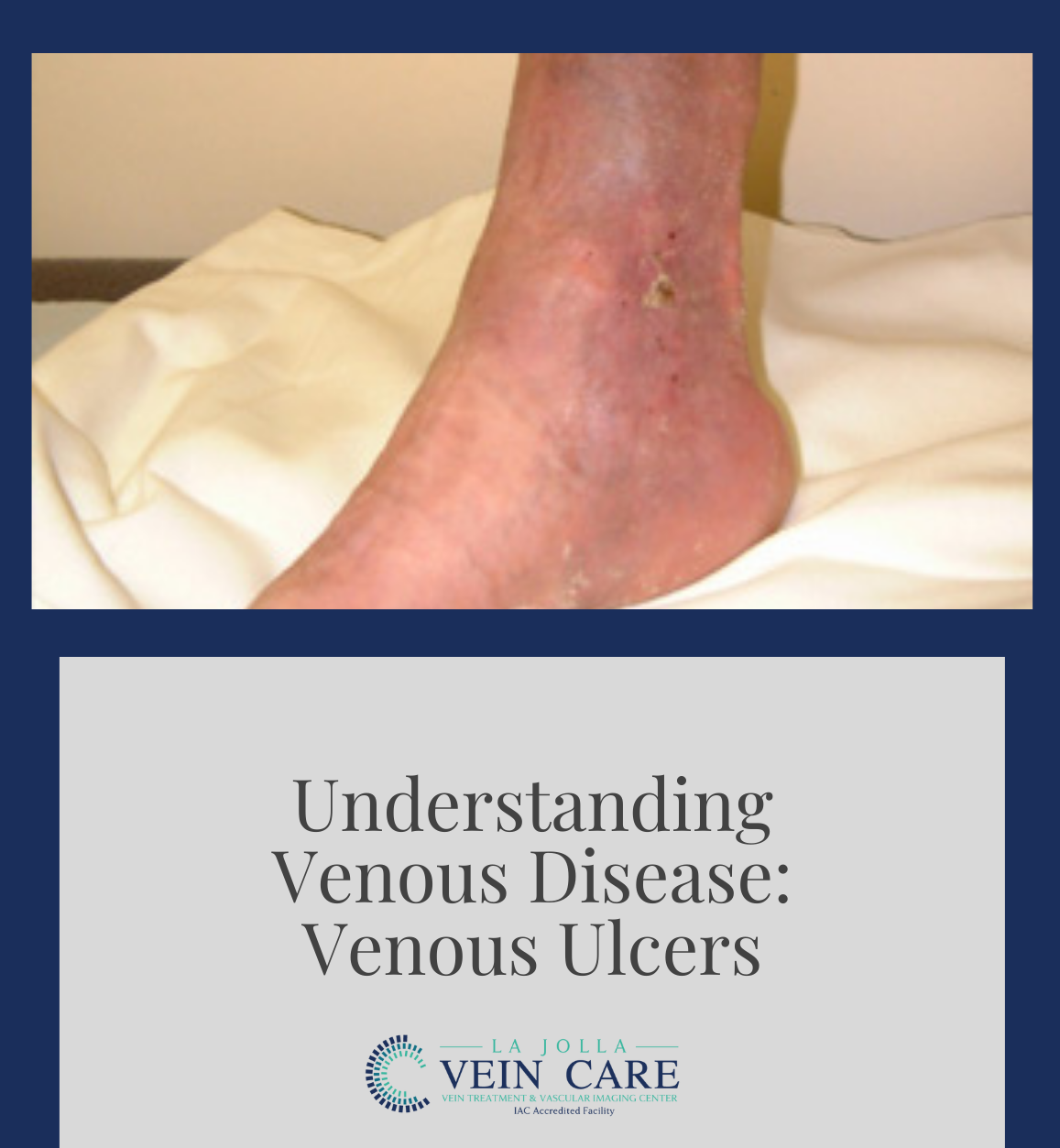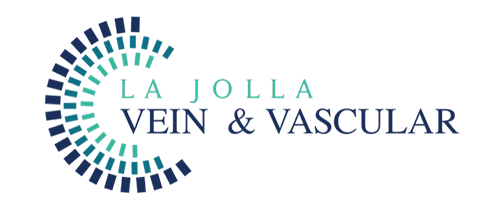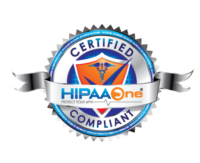Swelling and Lymphedema
LJVascular2023-01-14T12:59:50-08:00Complications of Untreated Varicose Veins and Venous Insufficiency: Swelling of the Ankles/legs and lymphedema
Leg swelling (swelling is also known as edema), is a common complaint related to varicose veins and underlying venous insufficiency. Leg swelling can be present simply from underlying venous insufficiency without visible signs of varicose veins or spider […]



